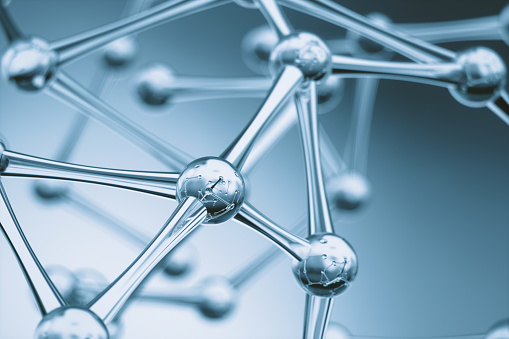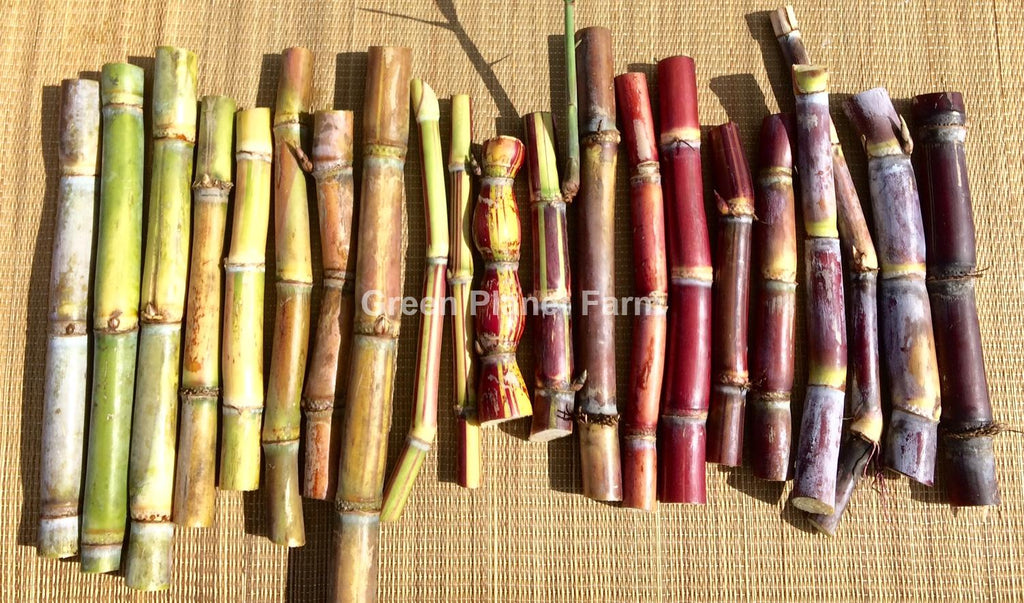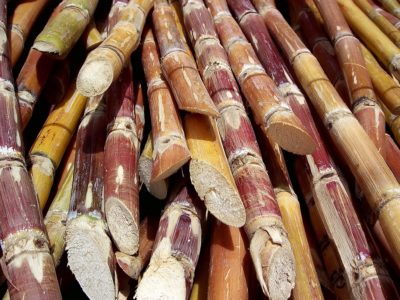Sugar and Cane: A Sweet Pairing in Health-Conscious Recipes
How Walking Stick Sugar Processing Chemicals Improve Sugar High Quality and Return
The role of processing chemicals in walking stick sugar manufacturing is critical, as they straight affect both the high quality and return of the last product. By employing substances such as lime and phosphoric acid, makers can efficiently remove contaminations and improve extraction efficiency. The incorporation of activated carbon and enzymes serves to optimize the failure of intricate sugars, ultimately leading to a purer and higher-quality sugar. The complexities of just how these chemicals communicate within the processing setting raising questions regarding their lasting ramifications and potential improvements in the market.
Review of Walking Cane Sugar Handling
Cane sugar processing entails a series of important actions that change raw sugarcane right into refined sugar products. The process starts with harvesting, where mature sugarcane stalks are cut and transferred to refining centers. Upon arrival, the walking stick goes through washing to get rid of pollutants such as dirt and plant materials.
Following cleaning, the cane is squashed to remove the juice, which contains sucrose - sugar and cane. This juice undertakes clarification, where lime and warm are utilized to eliminate continuing to be contaminations and non-sugar components. The made clear juice is after that evaporated to concentrate the sugar content, leading to the formation of thick syrup
Next, the syrup is crystallized with a controlled air conditioning process, causing sugar crystals. These crystals are divided from the continuing to be syrup in centrifuges. The raw sugar acquired is normally brown due to residual molasses content. To attain polished sugar, additional filtration steps are applied, consisting of washing, re-crystallization, and drying.
The last item is either packaged as raw sugar or better refined right into white sugar, dealing with various customer and industrial demands. This extensive series of actions makes certain the production of top notch sugar, necessary for countless applications in food and drink industries.
Key Processing Chemicals Used
The production of refined walking cane sugar relies upon various handling chemicals that play significant roles at different stages. Amongst one of the most important are lime (calcium hydroxide), phosphoric acid, and sulfur dioxide. Lime is mostly used during the clarification stage to counteract level of acidity and precipitate contaminations, resulting in a more clear juice. This step is important for enhancing the general quality of the extracted juice.
Phosphoric acid offers a dual objective; it boosts the explanation procedure and assists in the elimination of color-forming compounds, contributing to a greater purity of the last product. Furthermore, sulfur dioxide works as a lightening agent, permitting the efficient removal of undesirable pigments and boosting the color of the sugar.
Various other noteworthy chemicals consist of turned on carbon, which is used for further decolorization, and enzymes that assist in the breakdown of complex sugars right into simpler kinds, thus enhancing yield. The mindful option and application of these processing chemicals are essential for optimizing the efficiency of sugar removal and refining procedures, eventually bring about an extra constant and better sugar item.

Effect on Sugar Quality
Just how do handling chemicals influence the high quality of polished sugar? The introduction of numerous chemicals in the walking stick sugar processing phase dramatically enhances the pureness and overall top quality of the final item. Trick representatives, such as phosphoric acid and calcium hydroxide, promote the information process, properly getting rid of impurities and colorants that can adversely influence sugar's appearance and preference. By reducing the effects of undesirable components, these chemicals assist attain a greater degree of decolorization, causing a more valuable and aesthetically enticing product.
Additionally, using turned on carbon and ion-exchange materials throughout the refining process plays a crucial role in removing off-flavors and undesirable odors, contributing to the sugar's sensory account. This improvement not only elevates the organoleptic and aesthetic qualities however additionally improves the rack life by decreasing microbial activity associated with contaminations.
In enhancement, the specific application of these chemicals ensures that the sugar exhibits a regular grain size and flowability, which are essential qualities for both industrial applications and consumer choices. Overall, the critical use handling chemicals is basic in attaining premium polished sugar that fulfills market requirements and customer assumptions.

Enhancing Return Performance
Enhancing yield performance in walking stick sugar processing entails optimizing different phases of production to take full advantage of the amount of sugar removed from raw walking cane. One essential aspect is the choice and application of suitable handling chemicals, which can promote the break down of cell wall surfaces and improve sugar launch throughout removal. Chemicals such as acids and enzymes play a vital duty in this process by hydrolyzing polysaccharides and dissolving impurities, thus enhancing the general removal performance.

Routine tracking and modification of processing criteria are important to keep efficiency throughout manufacturing (sugar and cane). By employing these approaches, sugar producers can not just boost the quantity of sugar obtained but additionally decrease waste and reduced production costs, adding to a much more lasting and profitable sugar processing procedure
Benefits for Consumers and manufacturers
Walking stick sugar handling chemicals supply significant benefits for both manufacturers and consumers, producing an extra sustainable and effective industry. For producers, these chemicals Discover More improve extraction processes, leading to higher returns and boosted sugar top quality. By optimizing the filtration and crystallization stages, they decrease waste and increase overall efficiency, which can considerably decrease production expenses. This performance enables manufacturers to stay affordable in an international market identified by fluctuating rates and need.
For customers, the benefits are equally engaging. The improved high quality of sugar translates to far better preference and uniformity in food. Furthermore, the use of processing chemicals can bring about an extra steady supply of sugar, mitigating lacks and price spikes that can occur because of environmental factors or market fluctuations. In addition, the improvements in manufacturing techniques add to sustainability efforts by minimizing source use and waste generation, attracting ecologically mindful customers.
Conclusion

The duty of handling chemicals in walking stick sugar production is essential, as they home straight affect both the top quality and return of the last item (sugar and cane). The consolidation of turned on carbon and enzymes offers to maximize the malfunction of complicated sugars, ultimately leading to a purer and higher-quality sugar.Cane sugar handling involves a series of important steps that change raw sugarcane into polished sugar products.Enhancing return performance in walking cane sugar processing includes optimizing different stages of manufacturing to take full advantage of the amount of sugar extracted from raw walking cane.Walking cane sugar handling chemicals play a critical function in enhancing both sugar high quality and return